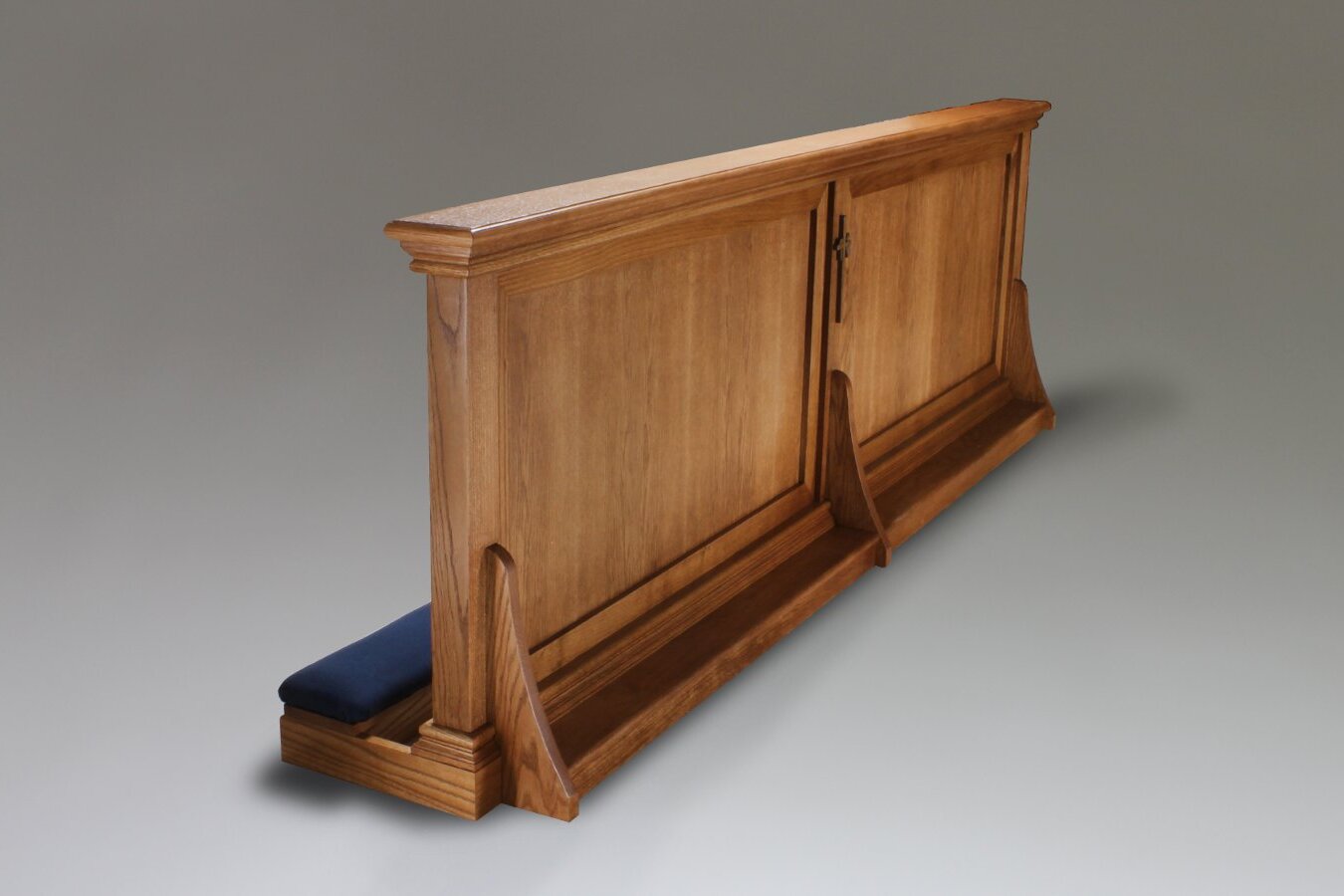
What is an altar rail? An altar rail is a low barrier, often made of wood or metal, that separates the chancel (the area around the altar) from the nave (the main body of the church). It serves both a practical and symbolic purpose. Practically, it helps manage the flow of people during communion. Symbolically, it represents the boundary between the sacred and the secular. Historically, altar rails became common in churches during the Middle Ages. They often feature intricate designs and craftsmanship, reflecting the artistic styles of their periods. Whether simple or ornate, altar rails play a significant role in church architecture and liturgical practices.
What is an Altar Rail?
An altar rail is a low barrier, often made of wood or metal, that separates the chancel (the area around the altar) from the nave (the main body of the church). It has historical and liturgical significance in many Christian denominations.
- Historical Significance: Altar rails date back to the Middle Ages, serving as a physical and symbolic barrier between the clergy and the congregation.
- Material: Typically crafted from wood or metal, altar rails can be ornately decorated or simple in design.
- Purpose: They provide a place for communicants to kneel while receiving the Eucharist.
- Symbolism: Represents the boundary between the sacred and the secular.
- Design Variations: Some altar rails are straight, while others are curved or semi-circular.
Altar Rails in Different Denominations
Different Christian denominations have unique practices and designs for altar rails. Let's explore how various traditions use them.
- Roman Catholic Church: Altar rails are less common post-Vatican II but still found in traditional churches.
- Anglican Church: Frequently used, often with a gate that can be closed.
- Eastern Orthodox Church: Uses an iconostasis, a wall of icons, instead of a low altar rail.
- Lutheran Church: Commonly features altar rails, emphasizing the importance of the Eucharist.
- Methodist Church: Some congregations use them, particularly in older churches.
Architectural and Artistic Elements
Altar rails are not just functional; they often feature beautiful architectural and artistic elements.
- Carvings: Many altar rails are adorned with intricate carvings of religious symbols.
- Metalwork: Some feature elaborate metalwork, including brass or iron.
- Inscriptions: Often include biblical verses or dedications.
- Stained Glass: Occasionally, small stained glass panels are incorporated.
- Colors: Frequently painted or stained to match the church's interior decor.
Changes Over Time
The use and design of altar rails have evolved significantly over the centuries.
- Post-Vatican II: Many Catholic churches removed altar rails to promote a more inclusive atmosphere.
- Modern Designs: Contemporary churches may use minimalist designs or omit them entirely.
- Restoration: Some historic churches have restored original altar rails to preserve heritage.
- Accessibility: Modern designs often consider accessibility, ensuring all congregants can participate.
- Cultural Influence: Local culture and traditions influence the design and use of altar rails in different regions.
Final Thoughts on Altar Rails
Altar rails have a rich history and hold significant meaning in many religious traditions. They serve as a physical and symbolic barrier, marking the sacred space of the altar. Over time, their design and use have evolved, reflecting changes in liturgical practices and architectural styles. Whether made of wood, marble, or metal, these structures often feature intricate craftsmanship and artistic detail. Understanding the role and significance of altar rails can deepen one's appreciation for their presence in places of worship. They remind us of the reverence and sanctity associated with the altar, fostering a sense of respect and awe. As you visit different churches or study religious architecture, take a moment to observe the altar rails and consider their historical and spiritual context. They are more than just barriers; they are a testament to the enduring traditions and beliefs of faith communities.
Was this page helpful?
Our commitment to delivering trustworthy and engaging content is at the heart of what we do. Each fact on our site is contributed by real users like you, bringing a wealth of diverse insights and information. To ensure the highest standards of accuracy and reliability, our dedicated editors meticulously review each submission. This process guarantees that the facts we share are not only fascinating but also credible. Trust in our commitment to quality and authenticity as you explore and learn with us.


